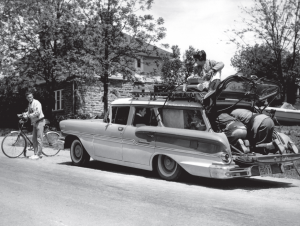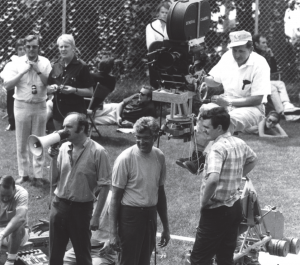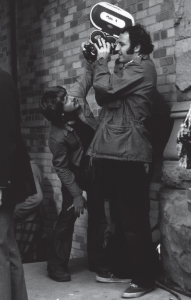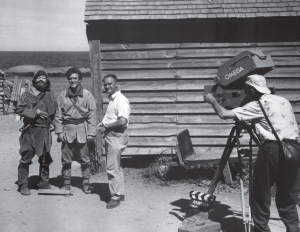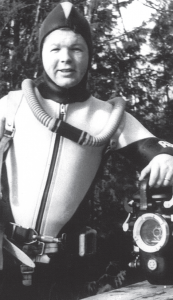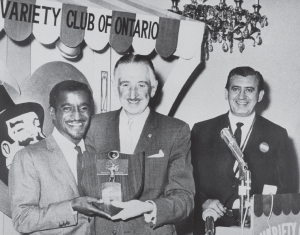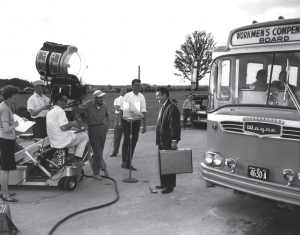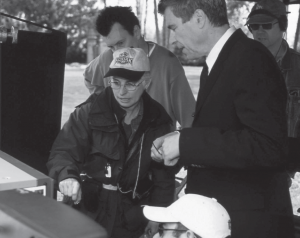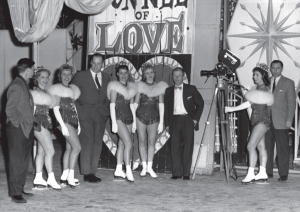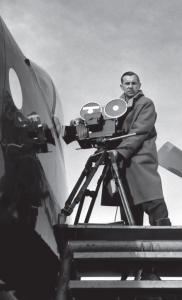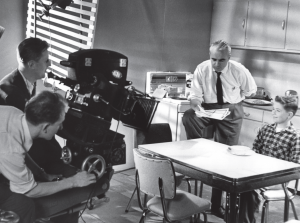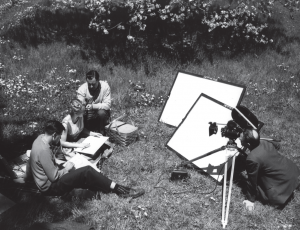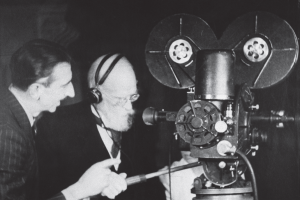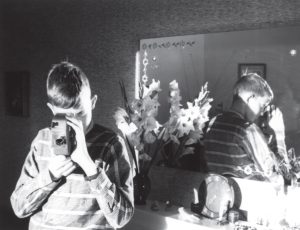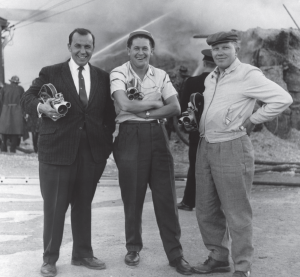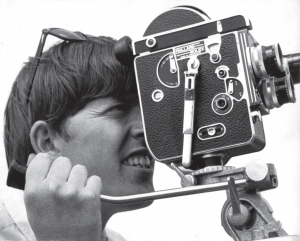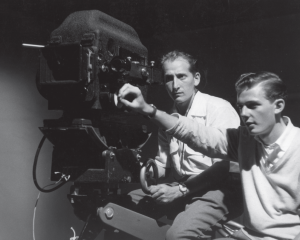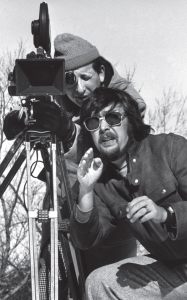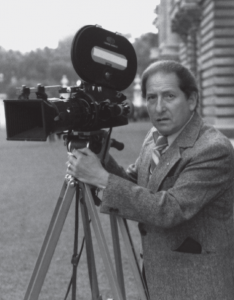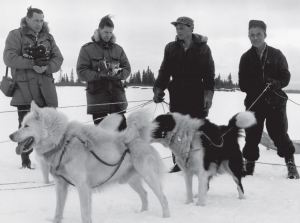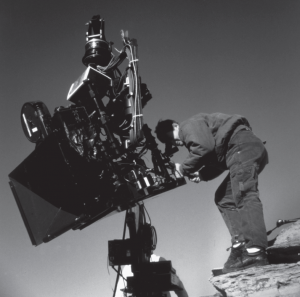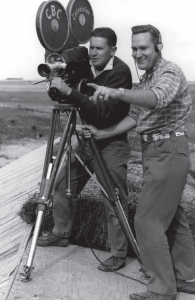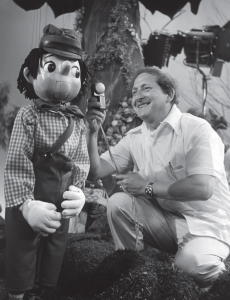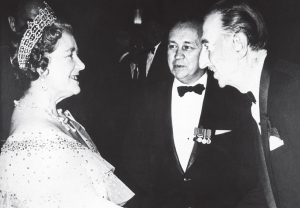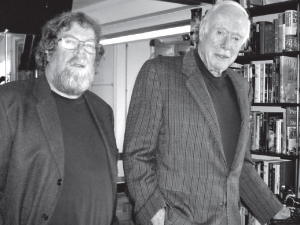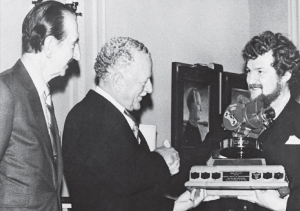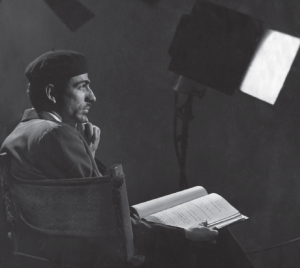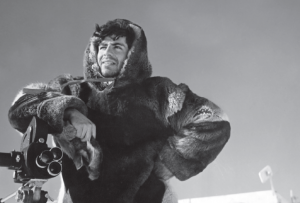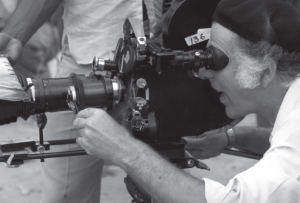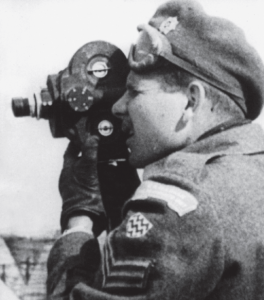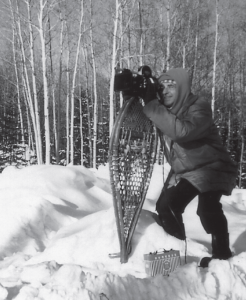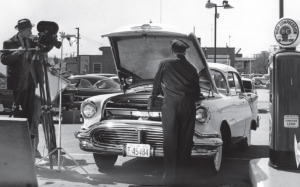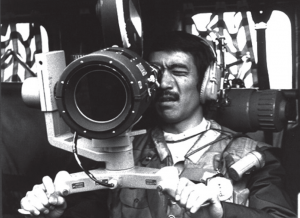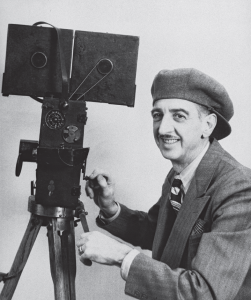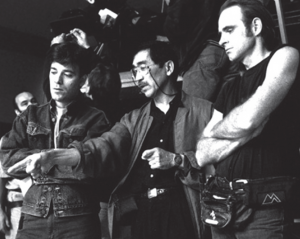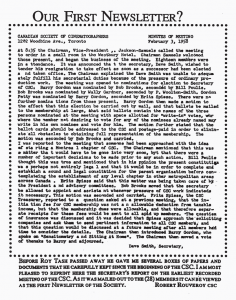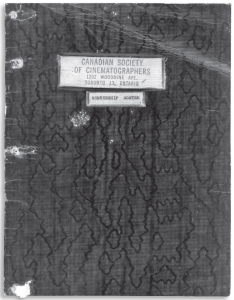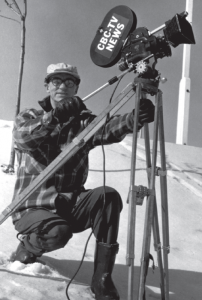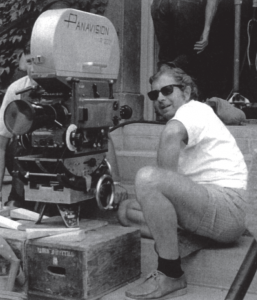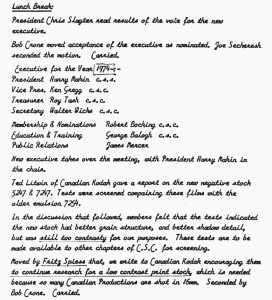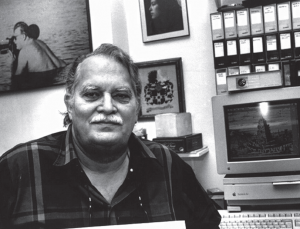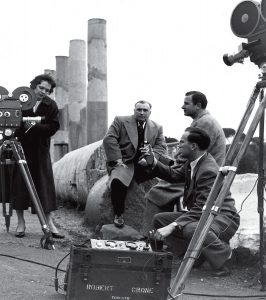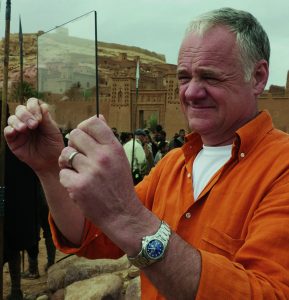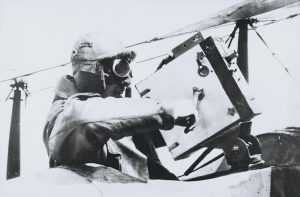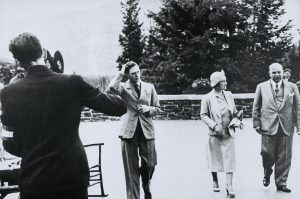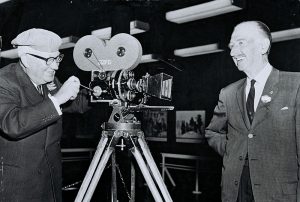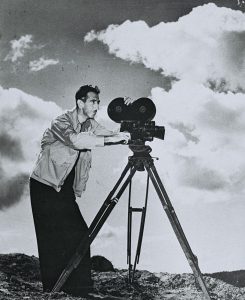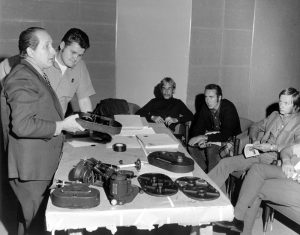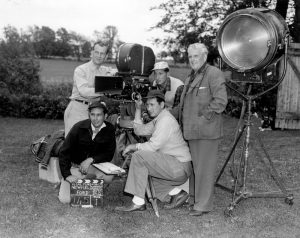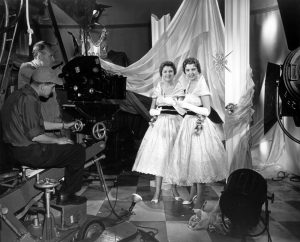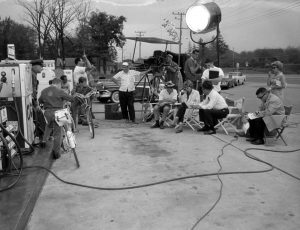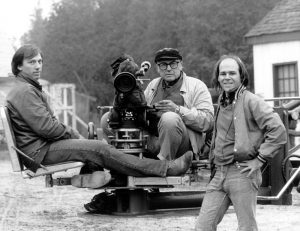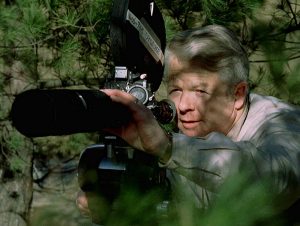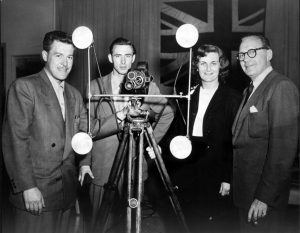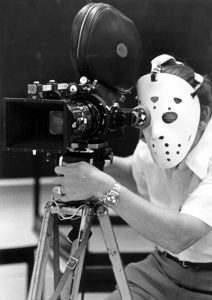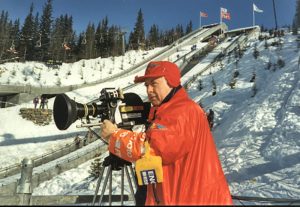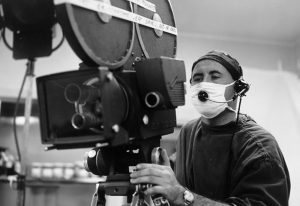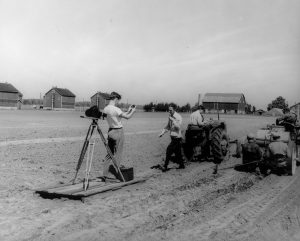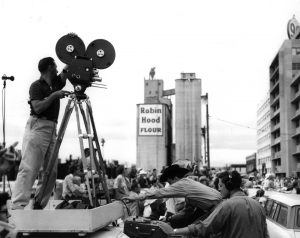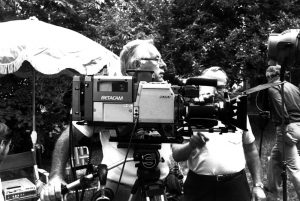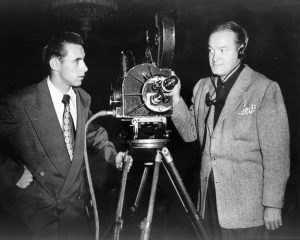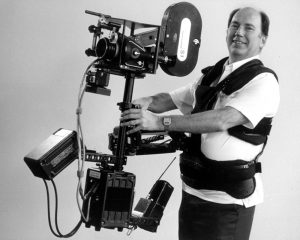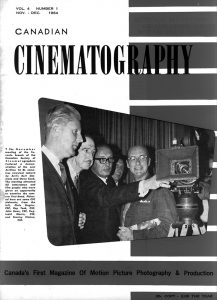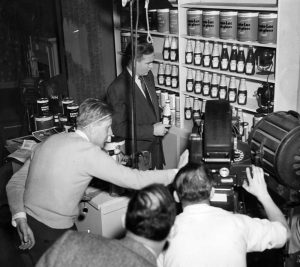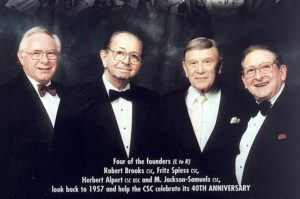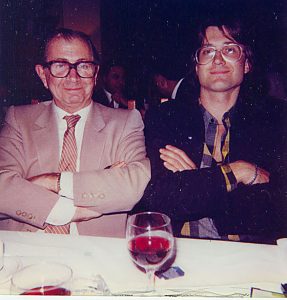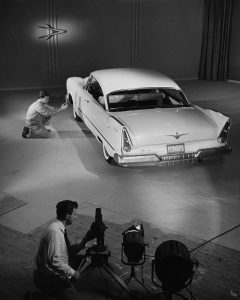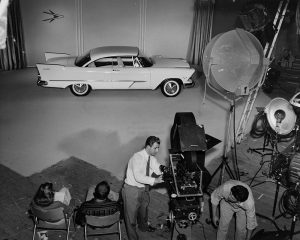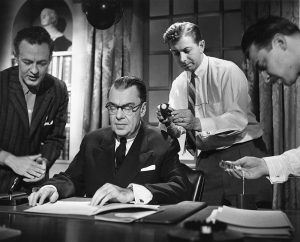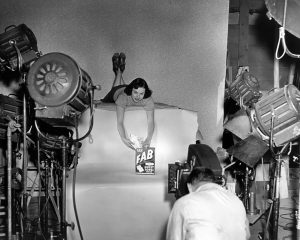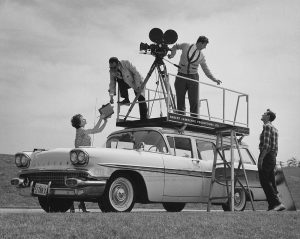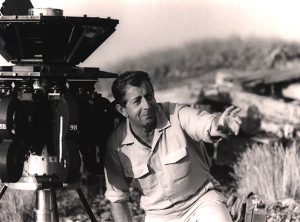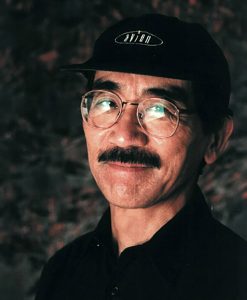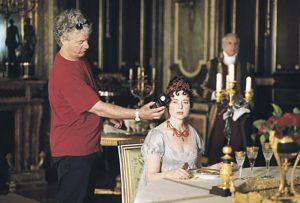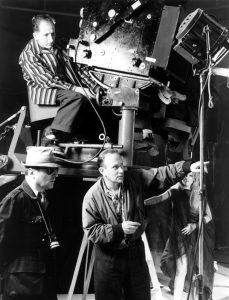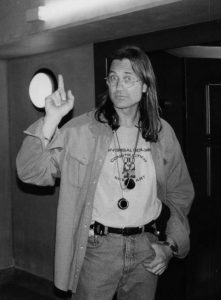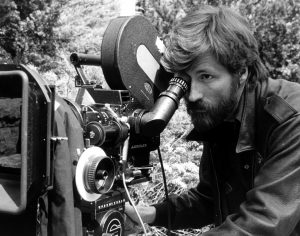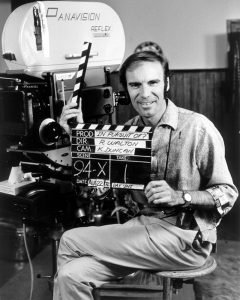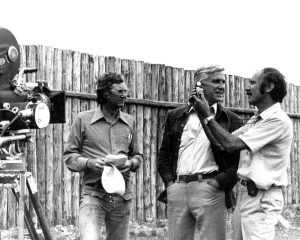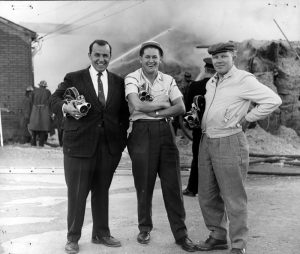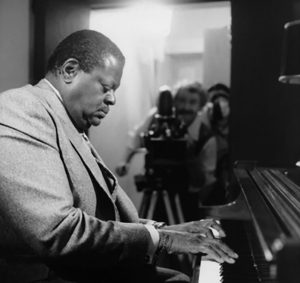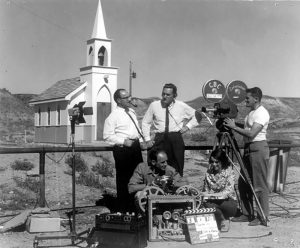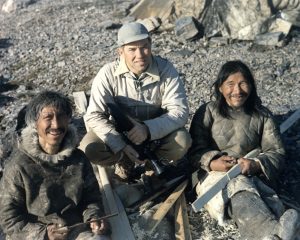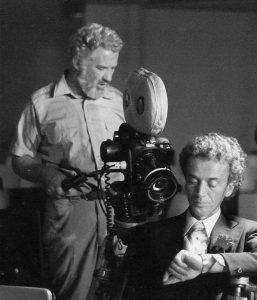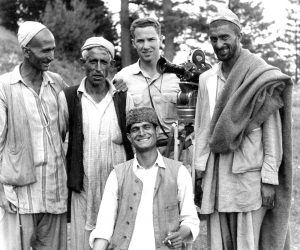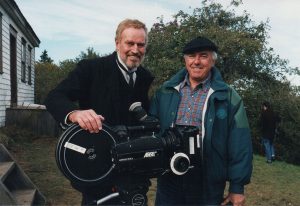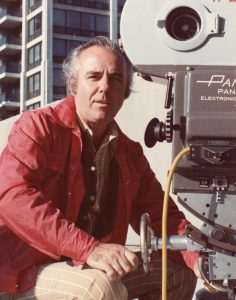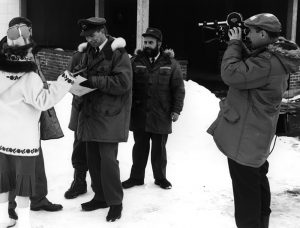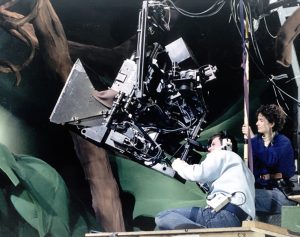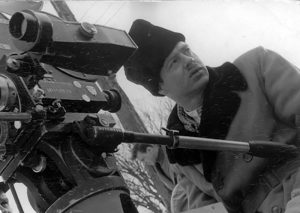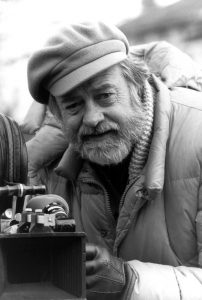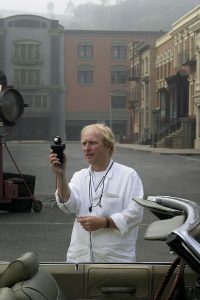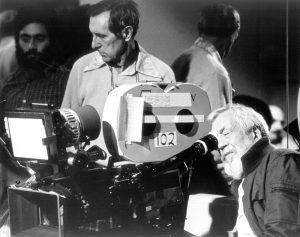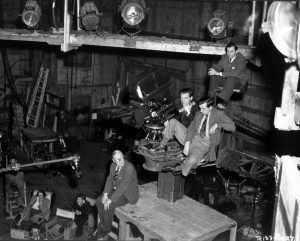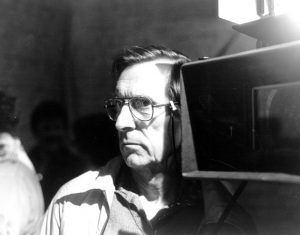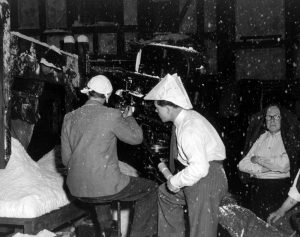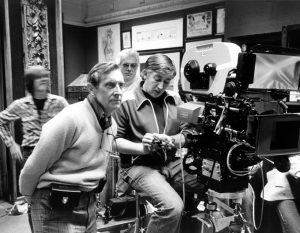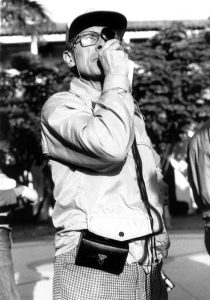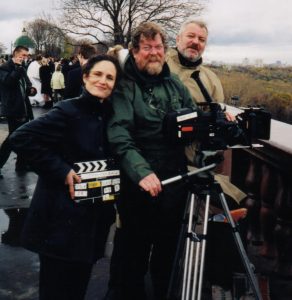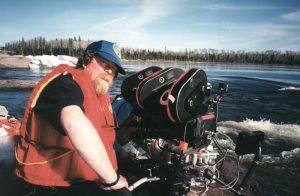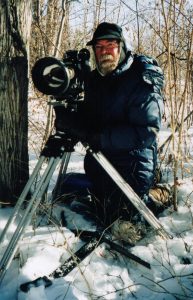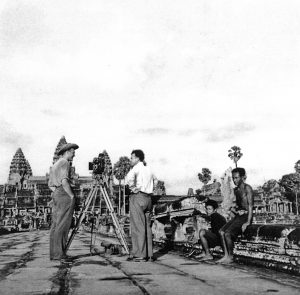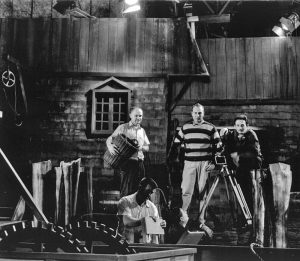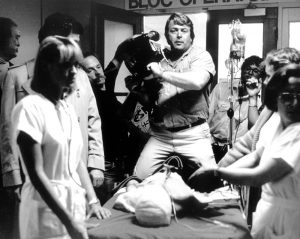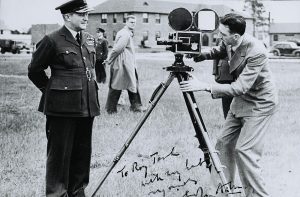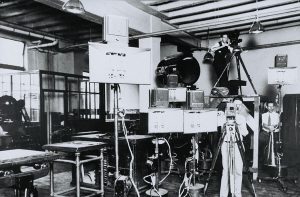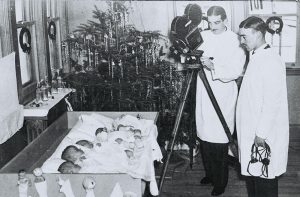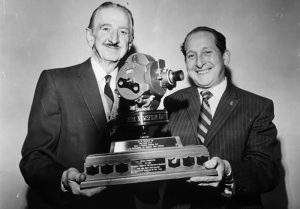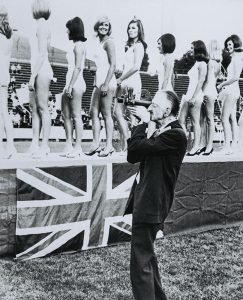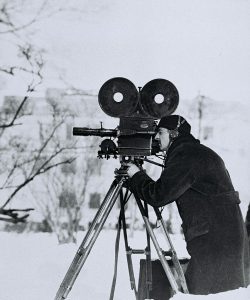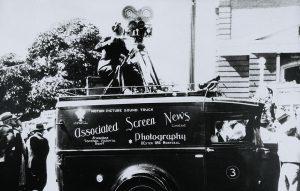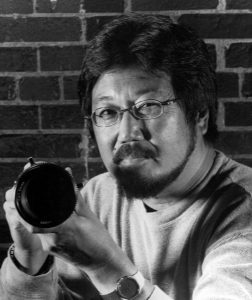CSC History
The Initial Ideas
The Canadian Society of Cinematographers was conceived in the lobby of a film studio at Woodbine and Danforth in east-end Toronto. The studio, a former movie theatre, was common ground for several cameramen who came to believe in the need for a distinctive organization dedicated to their special craft. Their paths crossed in that old theatre lobby, they exchanged ideas and sharpened their focus on the future. That was in 1957.

In 1997, on the CSC’s 40th anniversary, four of the original founders looked back with nostalgia and pride. Would they do it all over again? “No question about it,” said M. Jackson-Samuels csc, known to everybody as Sammy. “The CSC gave cameramen a name, it gave us respect in the industry, and it told the industry what we did. It gave the cameraman a place in the industry.”
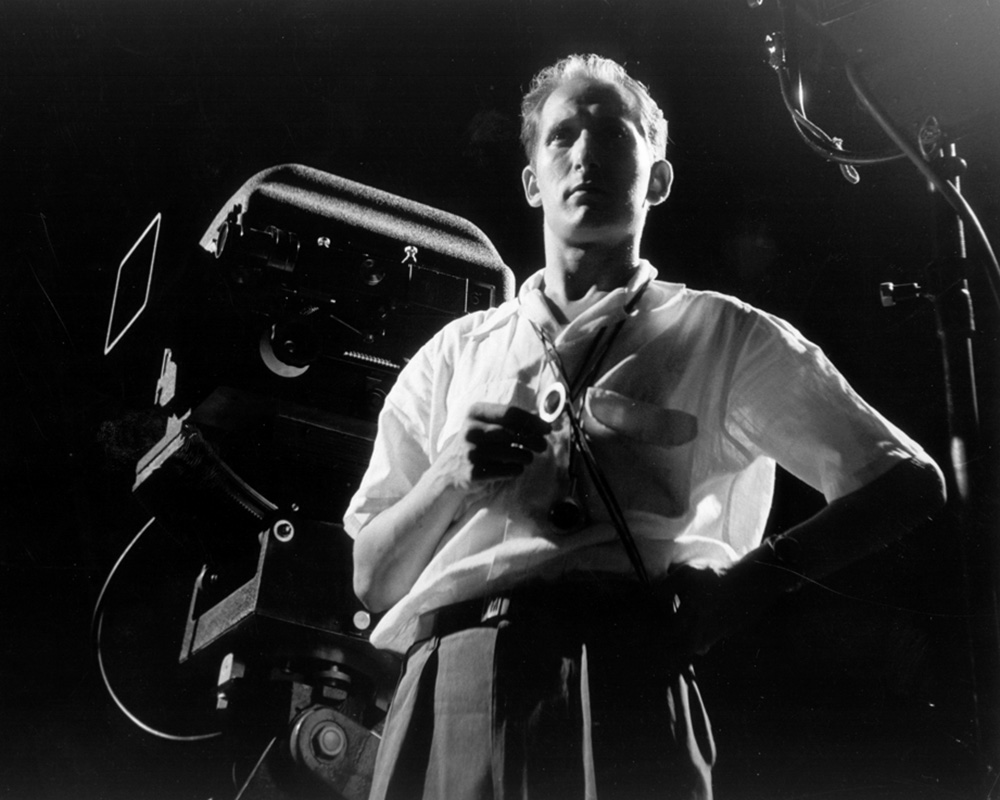
The idea for the Society originated with Herbert Alpert csc asc, the first appointed pro-tem president, while Sammy, Fritz Spiess csc and Bob Brooks csc helped nurture the fledgling association from day one. Bob was the first elected president, Fritz was the second, and Sammy also served an elected presidential term in a later year.
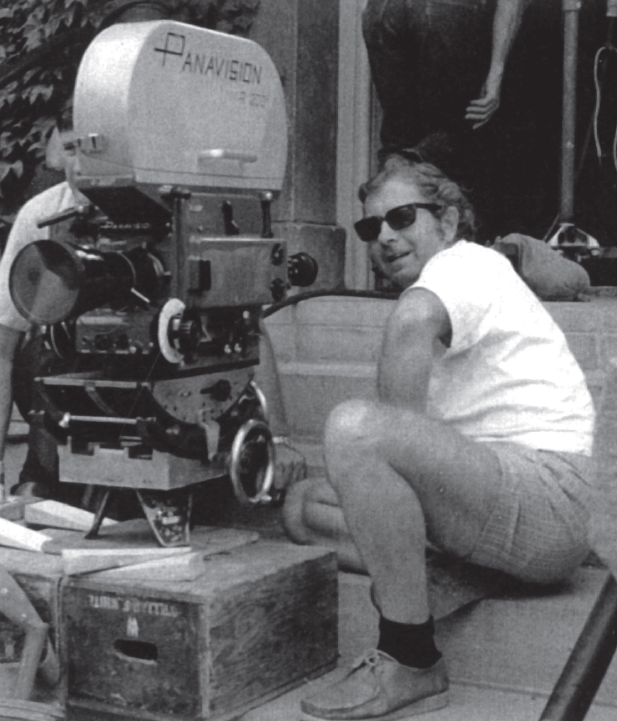
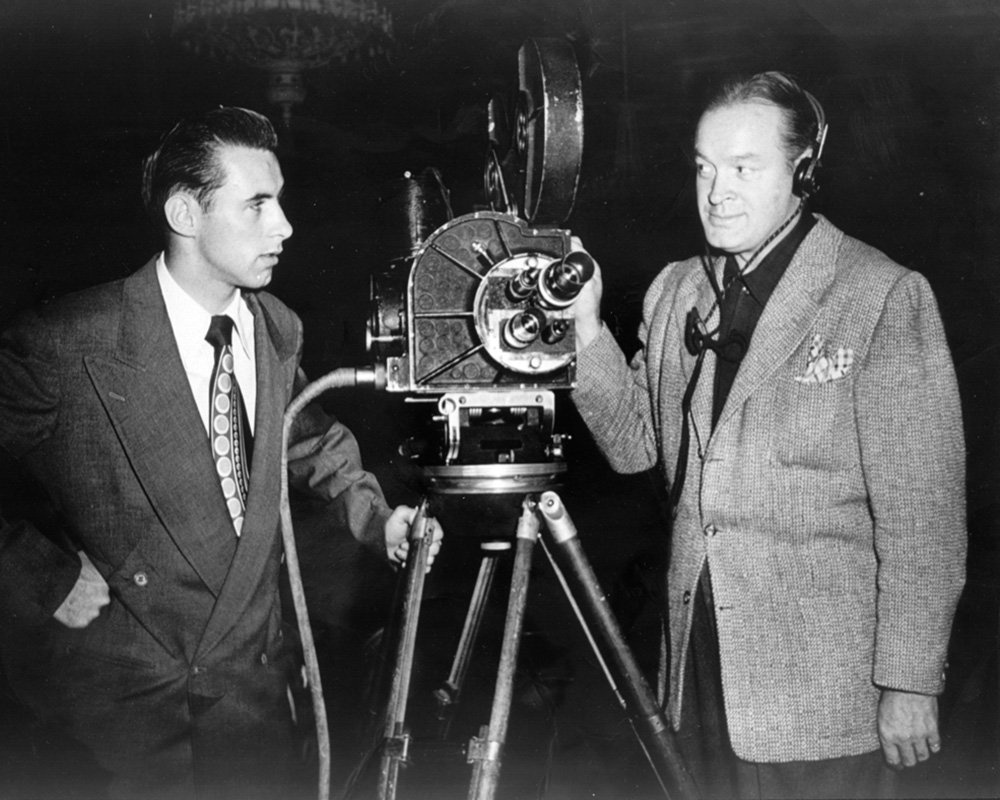
Herb Alpert, who came to Toronto from New York in 1955, said it was “mostly out of pride” that he felt the need to establish a society similar to the American Society of Cinematographers, despite the small size of the film community in Toronto and in Canada in general. “Britain had the BSC, the Americans, of course, were the prime movers in that area with the ASC, and I think Italy was beginning to talk about having something similar. I thought it was time, in spite of the fact there were only about a dozen cameramen around whom I knew, that we, too, should have some standards and a fraternal association.” Herb, who was granted membership in the ASC in the early ’60s, added that a parallel objective of the Society was “to enhance and raise the standards of film processing if we could. At that time we could get a picture out of the emulsion, but there weren’t too many labs in town who could do it consistently.
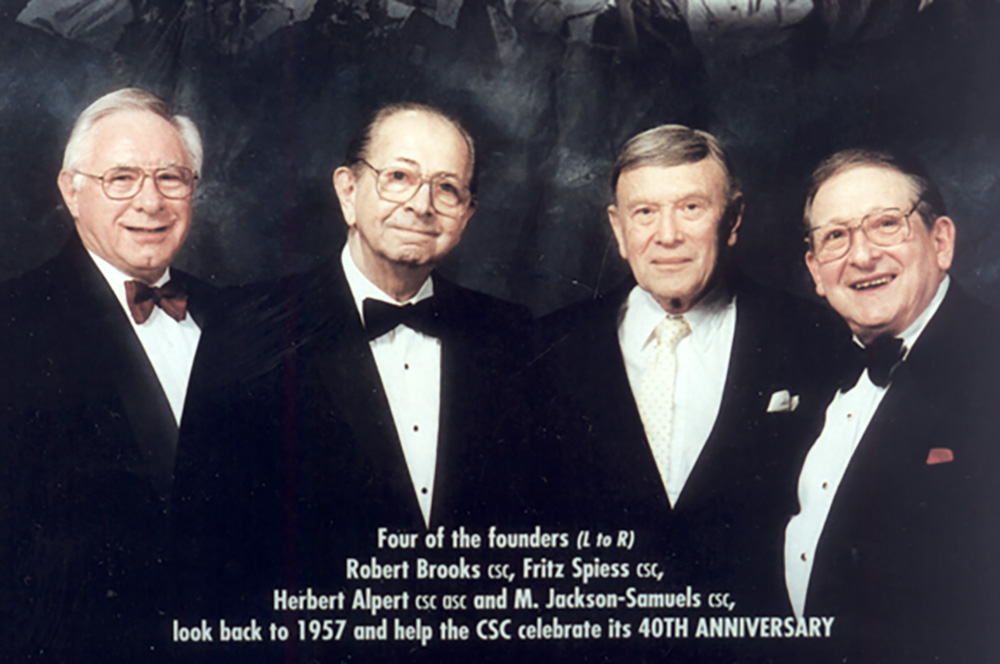
Getting Together
“The CSC began to function as a body almost from the beginning because there were four to six guys who were anxious to solidify the thing. While we didn’t do very much in the way of formal activities, we met every few months and after a while we put together a semi-legal document. It was formalized some years later.”
Herb said he feels the CSC has lived up to his original ideas and expectations. “There is certainly an awareness of self-identity, as exemplified at the CSC Awards dinner.” He was presented with the Fuji Award, in recognition of his extraordinary contributions to the Society, at the 40th anniversary Awards Gala in April, 1997.
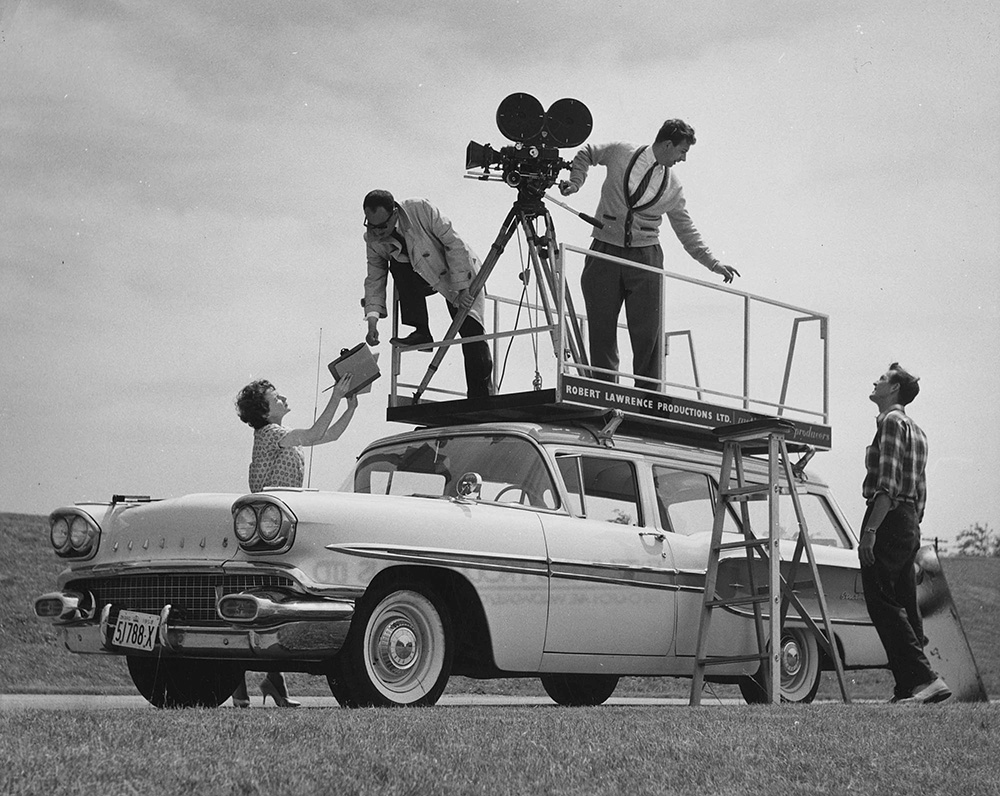
“If the CSC had not been formed,” said Bob Brooks, “I think the industry would have gone on, but I think it’s a better industry because of the Canadian Society of Cinematographers.” He cited the early days of the Canadian Film Development Corporation (now Telefilm Canada), which felt that “the CSC was important enough to be recognized and to serve on their advisory committee. When the Academy of Canadian Cinema and Television was organized, the CSC represented the cinematographers, and the CSC was also represented on the Canadian Film Awards.” But besides its professional influence, Bob stressed the CSC’s importance as the “fraternal association” to which Herb Alpert alluded. “The CSC allowed us to get together.”

“Bob and I worked a couple of city blocks apart from each other,” Fritz agreed, “but we would have never met otherwise.”
And Sammy, the main membership recruiter back in ’57, added: “Many of the cameramen that I contacted, I would never have seen if we had not had the CSC. It became a way for the cameramen to get to know each other. The labs were very nice to us because the CSC gave them a connection to the cameramen which they did not have up to that point.” Bob said early activities of the CSC included “the same kinds of things we’re doing now. Kodak would come and talk to us and show us their new film stocks.”
The annual dinner, alternating among Toronto, Montreal and Ottawa, was established in 1959. One early dinner, recalled Fritz, “was attended by 32 cameramen and their spouses, which represented about 80 per cent of the membership.” The CSC Award presentations were first formalized as a CSC event in 1961, and the dinner that year, at the Queen Elizabeth Hotel in Montreal, was only $6 a ticket.

CSC HISTORY
Organizing
A Broader Base
The first meetings at the old Woodbine Studios shifted to Fritz Spiess’ living room where work started on the By-Laws and Regulations. It was decided that operators, as well as directors of photography, should also be in the Society as associate members “because we were a young organization and hopefully the industry would grow,” or, as Sammy put it: “We made it a broader membership base.”

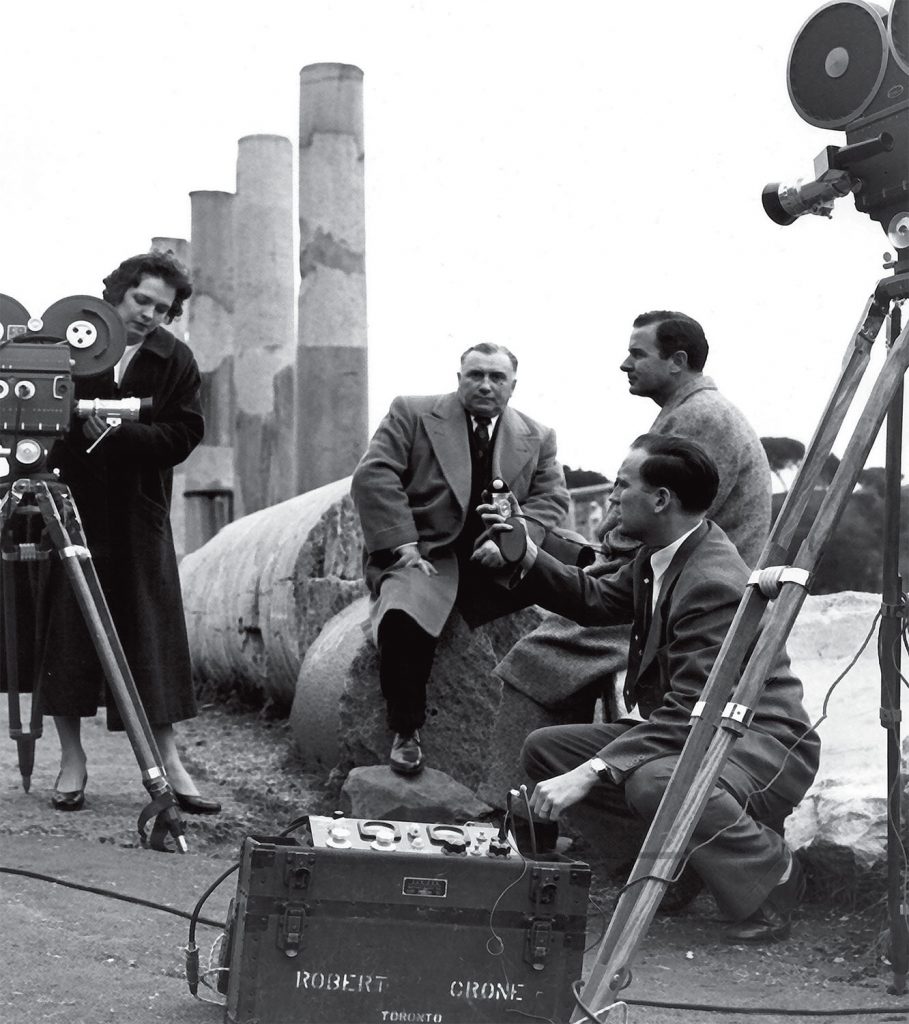
Door Left Open
Fritz pointed out that although there were no women in the early Society, the By-Laws specified that in all wording “the masculine shall include the feminine” to embrace the possibility of women members in the future. He mentioned this in tribute to current women members, particularly Joan Hutton csc, the first woman president of the Society and the first to become a full member with the right to use the designation “csc” after her name.
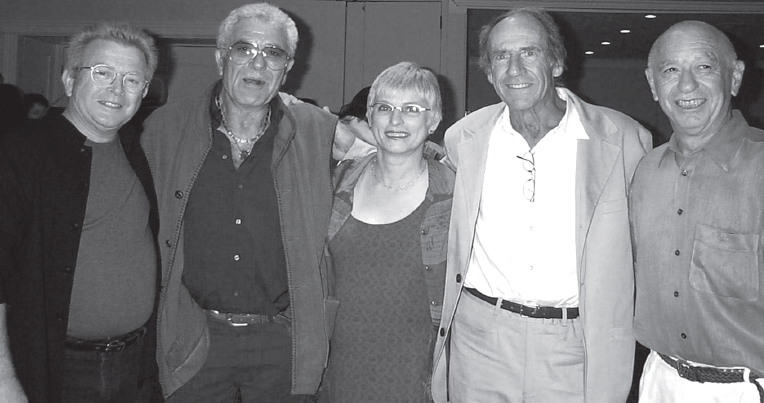
Robert’s Rules
“When Fritz and I wrote the By-Laws and Regulations,” Bob Brooks recalled from his term as president in the formative years, “we wrote everything and ran the organization according to Robert’s Rules of Order.” Until then, “Robert” had never heard of Robert’s Rules of Order, but he got a copy at a bookstore and figured that “I can read this and then I’ll know how to run a meeting. “Well it just didn’t work that way. You don’t just sit down for a good night’s read with Robert’s Rules of Order. Anyway, Bill Poulis, a good friend of mine with a sharp mind, was sometimes a bit of a stumbling block. We had gone on for a long time trying to get these rules accepted; everybody wanted this or that changed. “But we had to pass the By-Laws and Regulations because the discussions had gone on for a year or so. We had a room booked at the Westbury Hotel and on the morning of that day in February, 1960, I came to work and slipped on a piece of ice in front of my office at Chetwynd Films and broke my leg in three places. I went to Toronto General Hospital and came back with a cast on my leg up to my knee. I phoned Fritz and said, ‘Fritz, I can’t go to the meeting tonight, I just broke my leg,’ and Fritz said, ‘You’ve got to go to the meeting, because you’ve got Robert’s Rules of Order.’ So I went home and rested for a while and then got a taxi to the meeting. “I think I wound up ruling Bill out of order under Subsection 7, Paragraph 8 on Page 34, or some such. It didn’t really matter what it was, because I had the book and he didn’t.”

A notebook found in the bottom of a box of memorabilia donated to the CSC for its archives contained pages of handwritten minutes on the first organizational meeting of the new Canadian Society of Cinematographers on Oct. 2, 1957.
Affiliates and Sponsors
There were a few camera assistants in the CSC from the start, although they were not included in the By-Laws. In 1972, the By-Laws were amended to permit “Affiliate members” and that led to the development of the CSC Camera Assistants Courses, which are, Sammy noted, “unique” to the CSC at that time.
The Society enlisted corporate sponsorship in 1976, the first official certificate being presented to Don Hall of Cinequip Inc., which also was a stalwart supporter of the Camera Assistants Courses from the beginning. There now are 43 sponsors.

The Name Game
Lawyer Gordon McLean, with the help of his brother, charter member Grant McLean of the National Film Board, was instrumental in finally prying permission from the federal government to use the name Canadian Society of Cinematographers. Not just anybody could call their organization “Canadian.” Ottawa struck the term “profession” from the By-Laws, but somehow let the line “professionally employed” slip by. It wasn’t until the annual convention in May, 1960, that Bob Brooks, before turning the presidency over to Fritz Spiess, read out the telegram from the Secretary of State granting the CSC its federal charter. The telegram had been sent collect.

Above are the signatures of the four members who were nominated at the CSC’s first organizational meeting on Oct. 2, 1957, to form a new membership committee.
Publications
Since the Society’s inception, a membership newsletter has always been a vital communications tool, evolving from a simple pamphlet through a variety of metamorphoses. In November, 1961, the first 16-page magazine was published as Canadian Cinematography, edited by Public Relations Directors Donald McMillan and Leonard MacDonald. While free to members, the magazine appeared every second month with a cover price of 35 cents an issue and a $2-a-year subscription rate.
After Len’s tragic death in a plane crash while shooting aerials in Alberta, Art Benson, a Toronto publisher and writer, became editor of Canadian Cinematography, which after a few years was renamed Cinema Canada. At first it was still a CSC publication, with free subscriptions to all members, but eventually the CSC distanced itself from Cinema Canada and started its own newsletter again.

In 1980, then-president Robert Rouveroy csc, with Jennifer Hietala as editor, revitalized the magazine under the title, the CSC News. The same year, Rouveroy overhauled the CSC Directory, a detailed list of members and their credits that was first published in 1970.


